The global energy landscape is undergoing its most radical transformation since the Industrial Revolution. With renewables projected to supply 50% of global electricity by 2035, a critical bottleneck remains: energy storage. Solar panels don't work at night. Wind turbines stand idle on calm days. Our current lithium-ion battery infrastructure—while revolutionary—faces limitations in scalability, cost, and sustainability.
⚡ Gravity Storage: The 80-Year-Old Idea Getting a $1 Billion Makeover
🧂 Liquid Air vs. Molten Salt: The Battle for Thermal Dominance
🔋 Solid-State Batteries: Toyota's Bet to Dethrone Lithium-Ion
🔄 Flow Batteries: Why the U.S. Military is Investing Heavily
🌊 Ocean Battery: The Submarine-Inspired Grid Storage Solution
🧪 Hydrogen Storage: Breakthroughs Making the "Forever Fuel" Practical
We'll analyze each technology's physics, economics, scalability, and environmental impact—with insights from MIT researchers, Department of Energy roadmaps, and industry insiders.
Section 1: Gravity Storage - The Physics of Falling Weights
1.1 How It Works: Potential Energy Meets Modern Engineering
- Basic Principle: Elevate massive weights (water, concrete, or metal) when energy is abundant; release kinetic energy during descent
- EnergyVault's Innovation: 35-ton bricks lifted by cranes (80% round-trip efficiency)
- Swiss Mountain Project: 70MWh storage using old mine shafts
1.2 The Numbers: Cost vs. Lithium-Ion
| Metric | Gravity Storage | Lithium-Ion |
|---|---|---|
| Cost/kWh | 100 | 200 |
| Lifespan | 50+ years | 10-15 years |
| Efficiency | 75-85% | 85-95% |
| Scalability | 100MWh+ feasible | Limited by rare metals |
Expert Quote:
"Gravity storage is the ultimate 'dumb battery'—no chemistry, just mass and height."
—Dr. Julia Attwood, BloombergNEF
Section 2: Liquid Air Energy Storage (LAES) - Cryogenic Potential
2.1 The Process: From Air to Liquid and Back
- Charging: Excess electricity cools air to -196°C (liquefaction)
- Storage: Insulated tanks hold liquid air at low pressure
- Discharge: Reheating expands air 700x, driving turbines
2.2 Real-World Deployment
- UK's Highview Power: 50MW/250MWh facility (2023)
- Advantage: Uses existing industrial equipment (no rare materials)
- Challenge: 50-60% efficiency (heat recovery improves this)
Section 3: Solid-State Batteries - The Lithium-Ion Killer?
3.1 The Technology Breakdown
- Anode: Lithium metal (vs. graphite in Li-ion)
- Electrolyte: Ceramic/polymer (eliminates flammable liquids)
-
Benefits:
- 2-3x energy density
- Faster charging
- No thermal runaway risk
3.2 Who's Leading the Race?
| Company | Claimed Breakthrough | Target Date |
|---|---|---|
| Toyota | 745-mile EV range | 2027-2028 |
| QuantumScape | 80% capacity after 800 cycles | 2025 |
| Samsung SDI | 900Wh/L density | 2026 |
Reality Check: Manufacturing at scale remains the billion-dollar hurdle.
Section 4: Flow Batteries - The Chemistry of Scale
4.1 Vanadium vs. Organic: Two Paths Forward
-
Vanadium Redox (VRFB):
- Mature technology (used in China's 200MW system)
- 20,000+ cycle lifespan
- $300/kWh system cost
-
Organic Flow Batteries:
- Harvard's quinone-based design (1/3 vanadium cost)
- Biodegradable electrolytes
- Lower energy density
4.2 Military Interest: Why the DoD Loves Flow Batteries
- Long-duration storage: 10+ hours (vs. Li-ion's 4h max)
- No degradation from idle time
- Modular design for field deployment
Section 5: Ocean Battery - Hydroelectric Storage 2.0
5.1 How It Works
- Charge: Pump water from flexible seabed bladders to surface reservoir
- Discharge: Water flows back through turbines under pressure
5.2 Advantages Over Land-Based Pumped Hydro
- No mountain requirements: Works on continental shelves
- Higher pressure: Deeper water = more energy density
- Ecological benefit: Artificial reefs form on structures
Pilot Project: Dutch startup Ocean Grazer testing 1MWh North Sea system.

Section 6: Hydrogen Storage - From Hype to Reality
6.1 The Storage Trinity
- Compressed Gas: 700-bar tanks (Toyota Mirai)
- Liquid Hydrogen: -253°C storage (space program tech)
- Metal Hydrides: Hydrogen "sponges" (new nickel-rare earth alloys)
6.2 Breakthroughs Making It Viable
- Cheaper Electrolysis: 5 today)
- Salt Cavern Storage: Underground geological formations hold 1,000s of tons
- Ammonia Conversion: Easier transport with 50% hydrogen by weight
Case Study: Utah's Advanced Clean Energy Storage project (300GWh seasonal storage).
Comparative Analysis: Which Tech Wins Where?
| Application | Best Storage Solution | Why? |
|---|---|---|
| Daily Solar Shifting | Solid-State Batteries | High cycle life, efficiency |
| Week-Long Wind Lulls | Hydrogen Salt Caverns | Seasonal capacity |
| Urban Grid Support | Flow Batteries | Safety, scalability |
| Island Microgrids | Ocean Battery | Space efficiency |
| Industrial Heat Needs | Molten Salt | 1,000°C usable heat |
The Road Ahead: Policy & Investment Landscape
- U.S. Inflation Reduction Act: $30B for storage R&D
- EU Battery Directive: Recycling requirements shaping designs
- China's Dominance: Controls 80% of current battery supply chains
Prediction: By 2035, no single technology will dominate—regional solutions will emerge based on geography and resources.
Conclusion: Storage is the New Oil
The energy storage revolution mirrors the early 20th-century oil boom. Just as Rockefeller built infrastructure for liquid hydrocarbons, today's pioneers are creating the physical and digital systems for electrons and molecules. The winners will be those who master:
- Materials science (better electrolytes, membranes)
- Energy density (more kWh per square foot)
- Circular economics (recycling, repairability)
Your Move:
Track these companies in 2024:
- Form Energy (iron-air batteries)
- ESS Inc (iron flow batteries)
- Hydrostor (compressed air storage)
The future isn't just about generating clean energy—it's about storing it intelligently. Which technology excites you most? Debate in the comments!


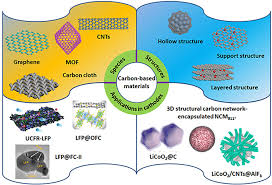
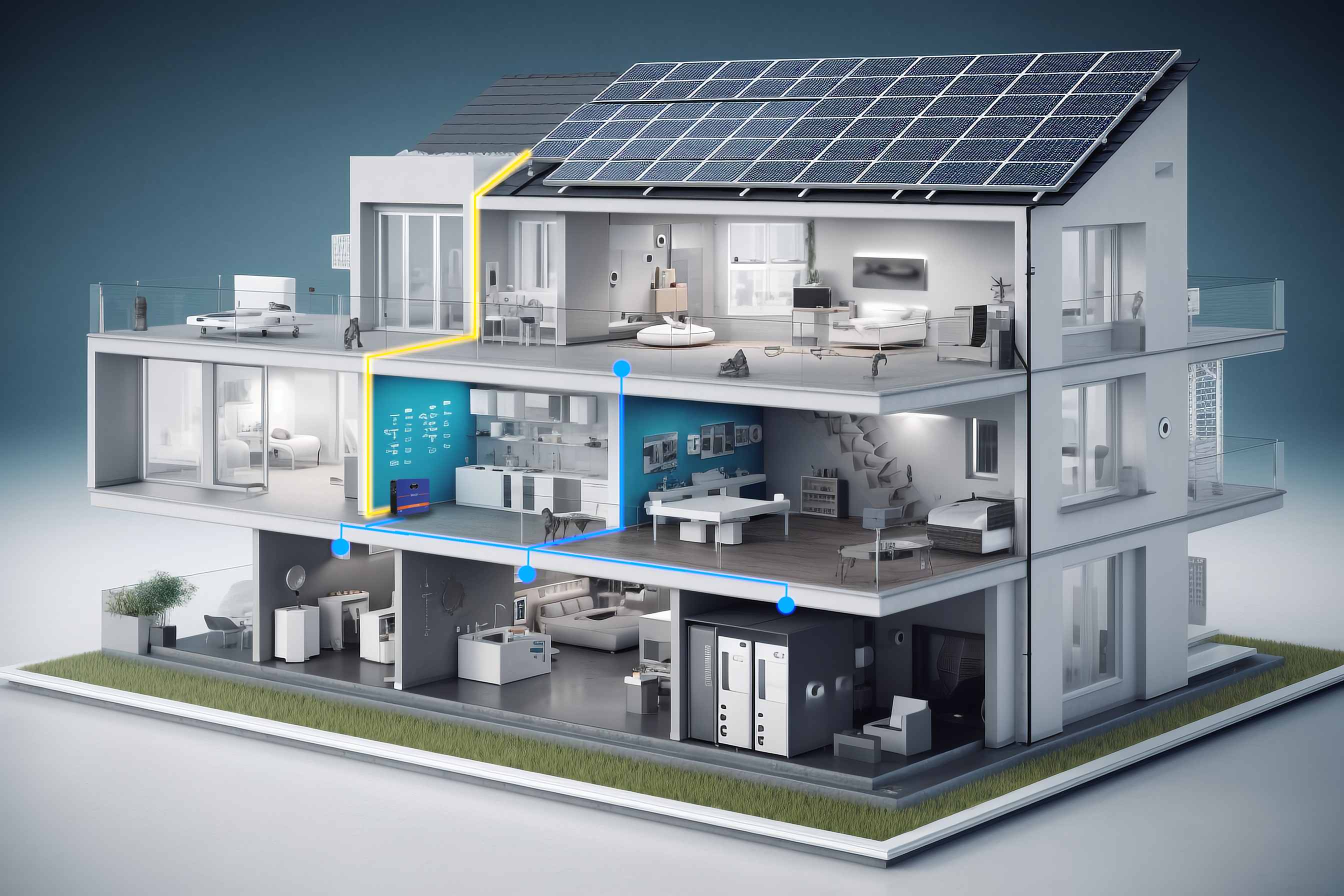


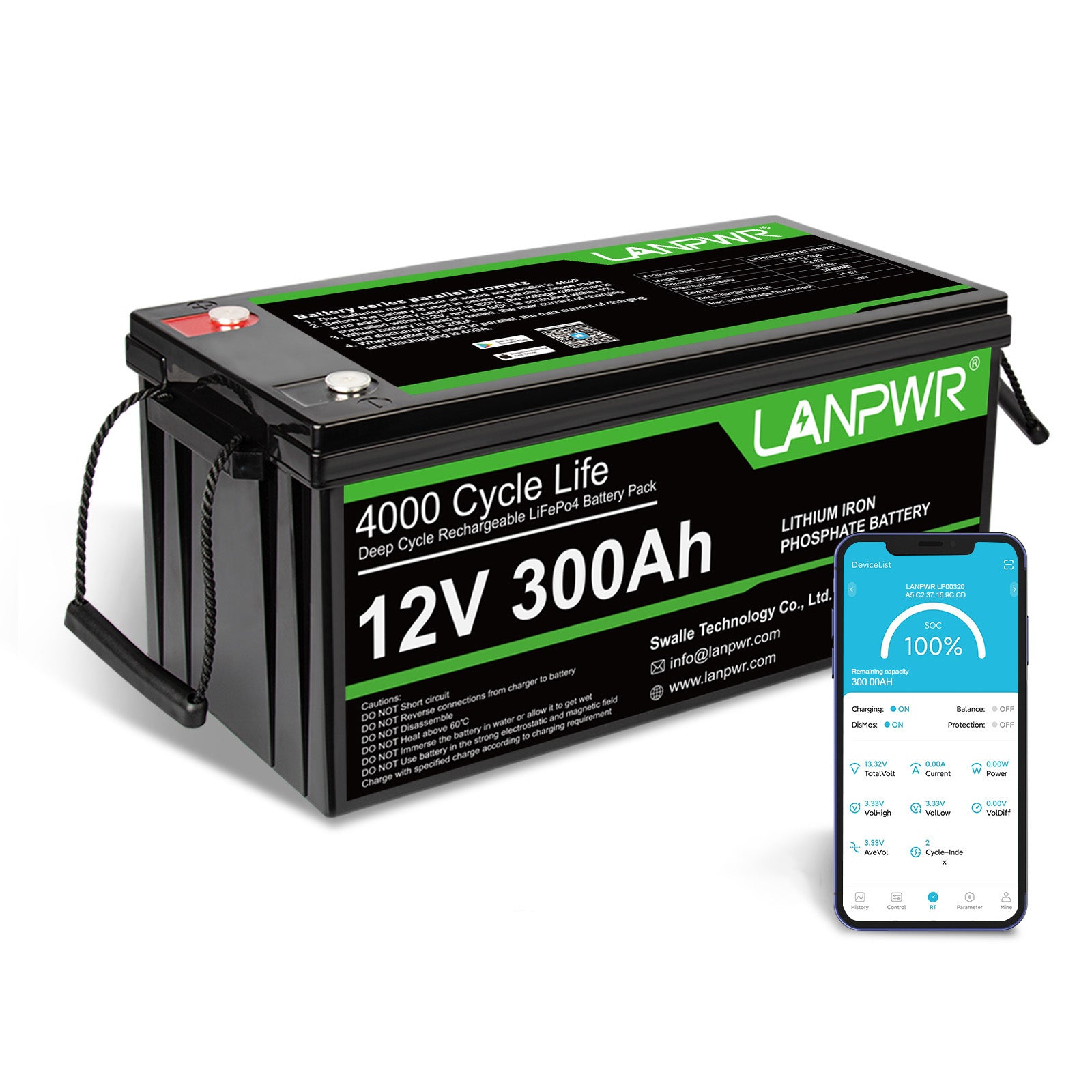

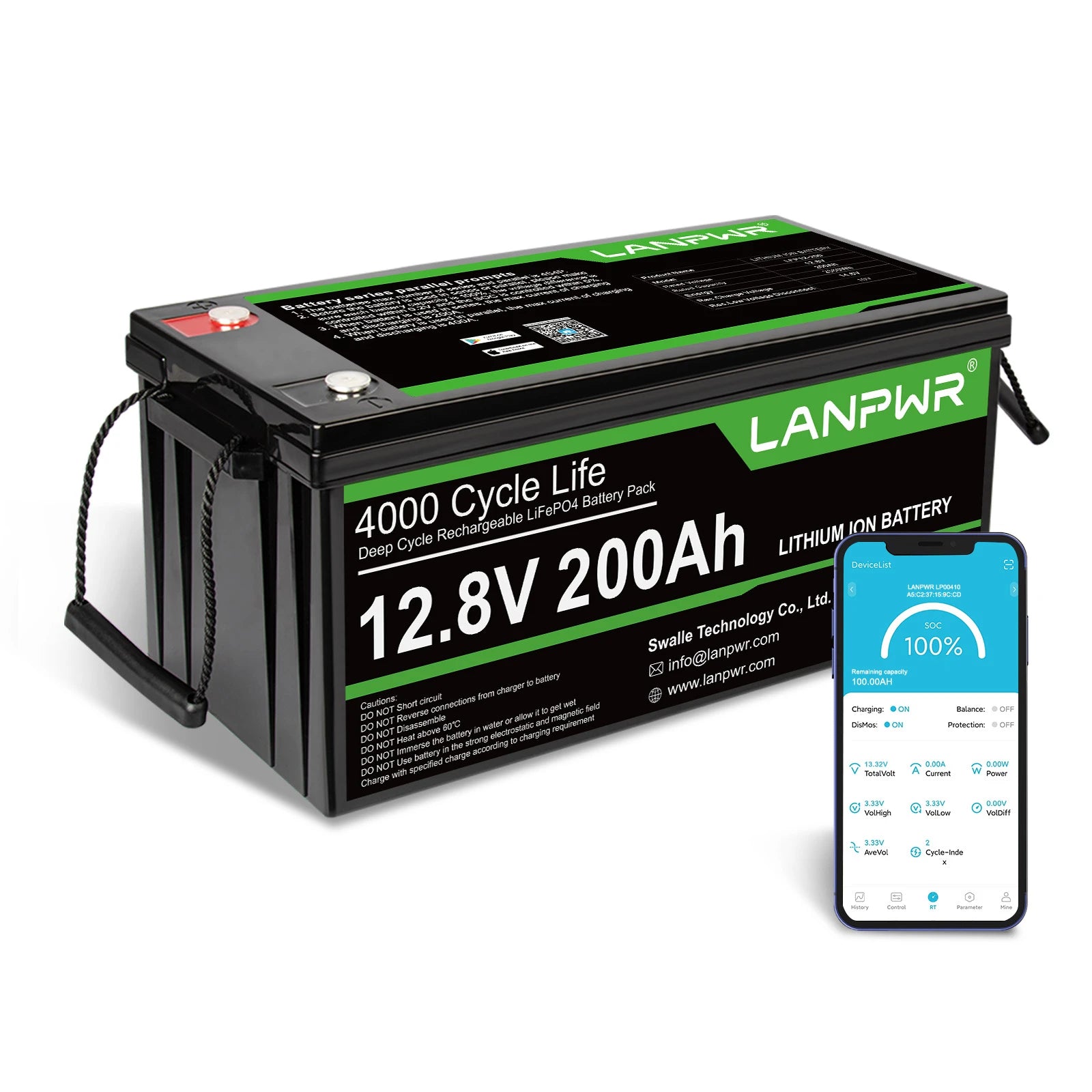

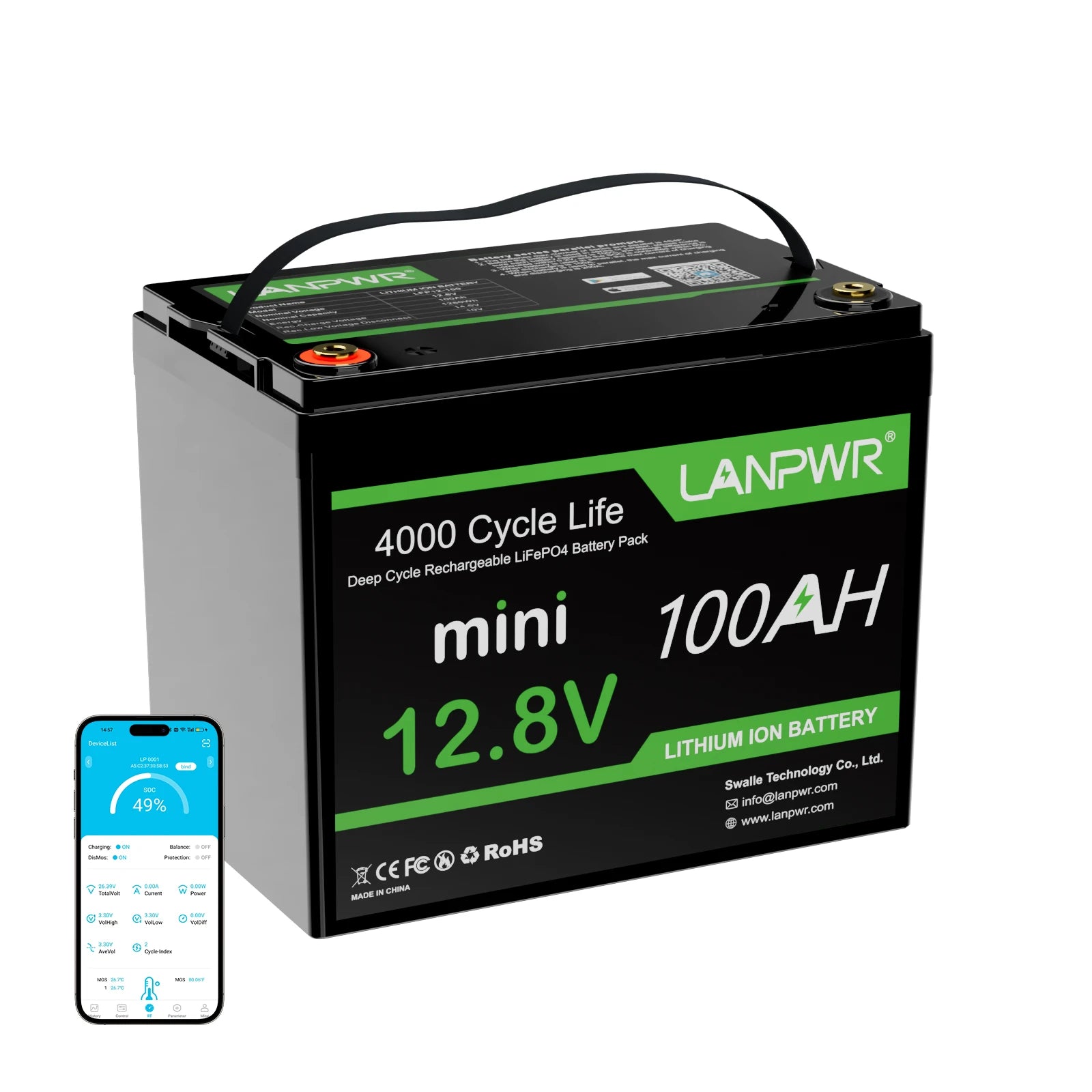

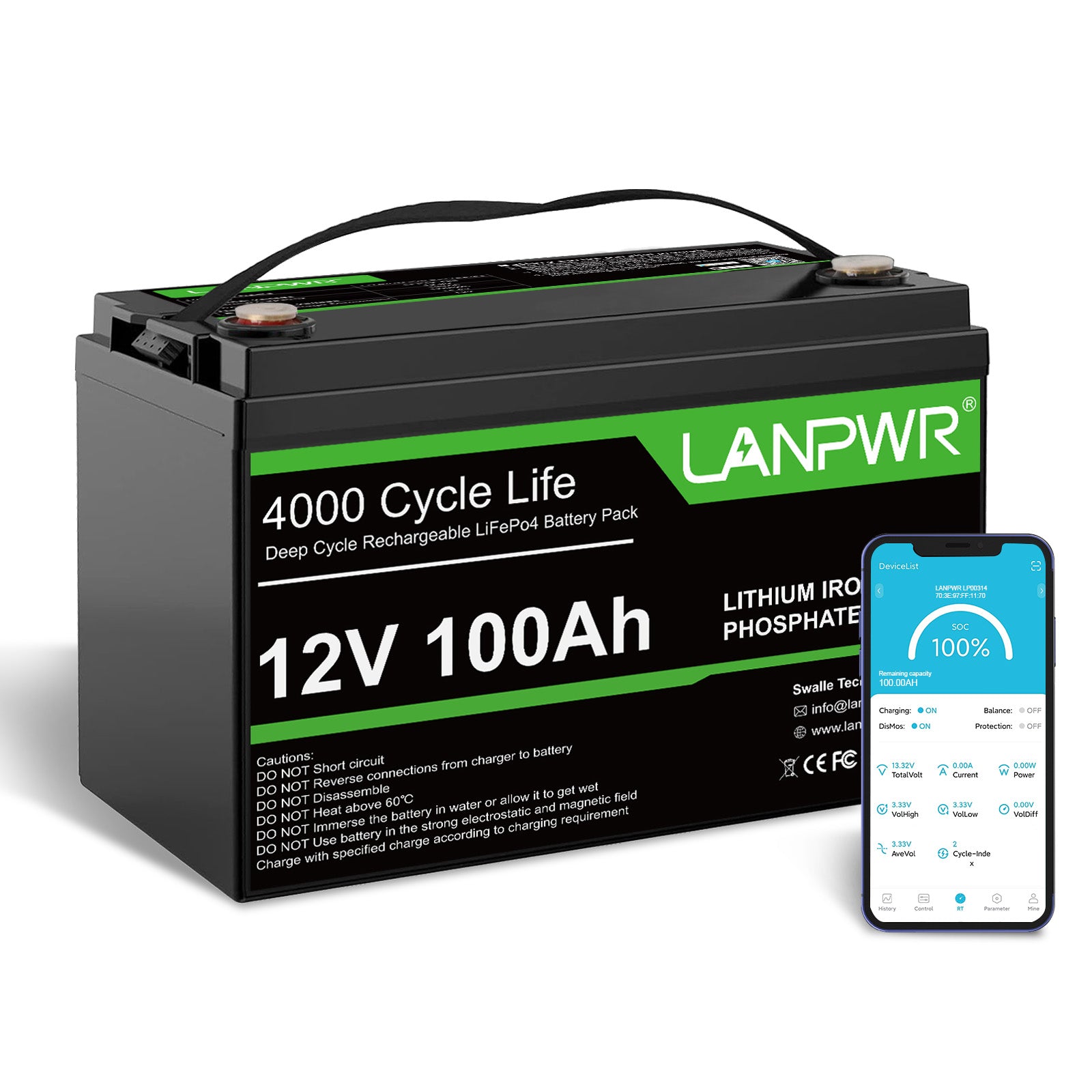

Leave a comment
This site is protected by hCaptcha and the hCaptcha Privacy Policy and Terms of Service apply.